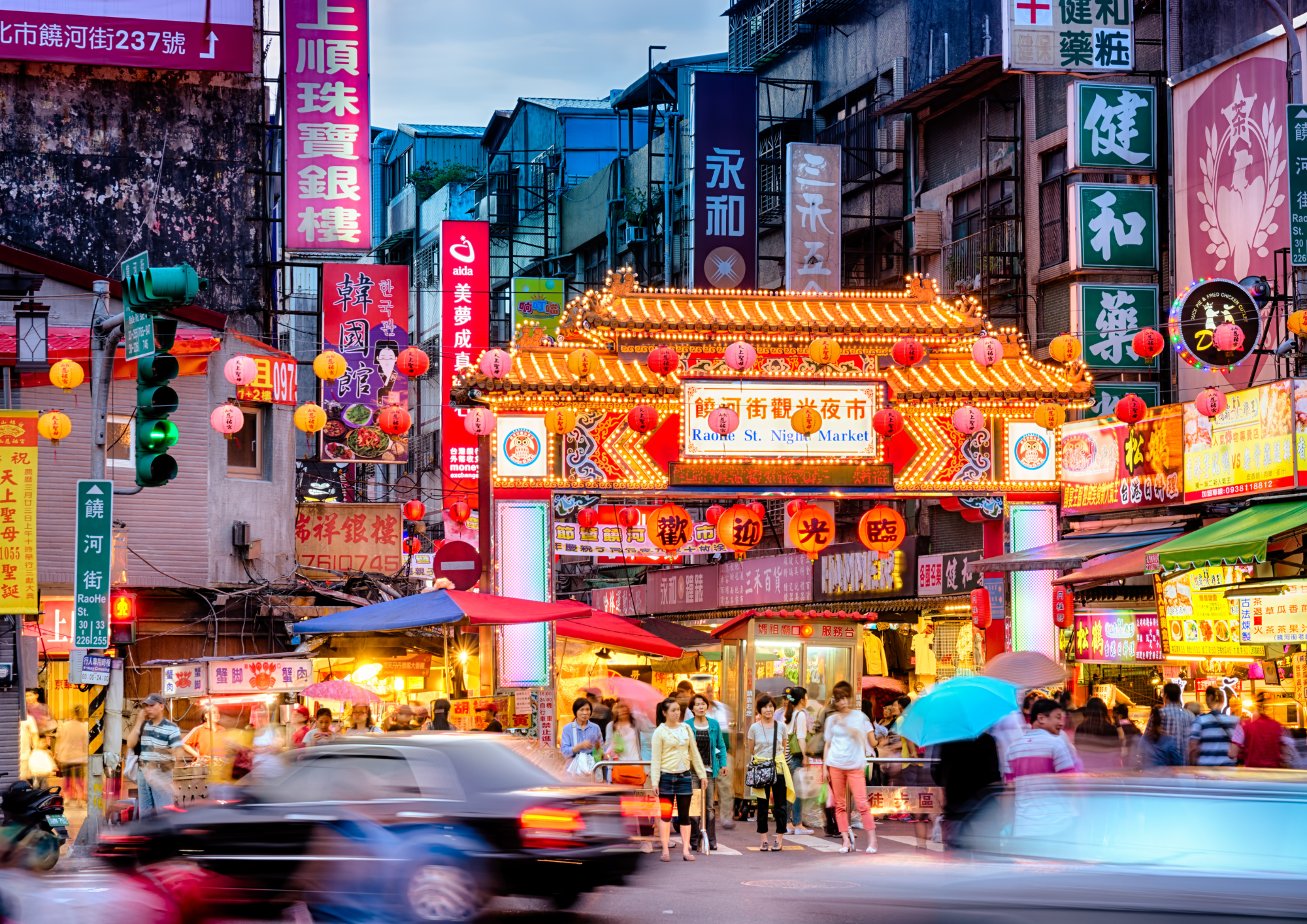Happy Lunar New Year! 新年快乐!
For many of us, the new year celebrations ended weeks ago, but for others, they’re only just beginning. The Lunar New Year commences on January 22nd, and so begins a whole host of traditions and celebrations. Unlike western new year celebrations, which always take place on the 31st December, the Lunar New Year is celebrated at different times every year as it’s based around the Lunar calendar.
Significance
The year of the rabbit will last until February 9th, 2024. Each year correlates to an animal significant to the Chinese zodiac (in order: Ox, Tiger, Rabbit, Dragon, Snake, Horse, Goat, Monkey, Rooster, Dog, Pig, Rat). The Lunar New Year is one of many colourful events celebrated in our multicultural calendar. The “Spring Festival”, as it is known in China, is a two-week celebration based around being with family, special foods and regional traditions. The customs are centred around ideas of personal reflection and ushering in good fortune for the New Year.
The legend of Nian!
The origins of the Lunar New Year go all the way back to ancient China. It’s believed it found its origins in the legend of Nian. The legend tells that there was a fierce beast called “Nian!” who would live at the bottom of the sea, and on the last day of the lunar year would come to the surface to attack villagers. One year, an old man taught the villagers about the three secret “weapons” to drive Nian away – “items that are red in colour”, “bright lights” and “firecrackers”. From then on, people all over China adopted these traditions and we now have one of the most established and important festivals of Chinese people, the Lunar New Year`s Eve.
Festivities
China: People clean their houses, and families get together and feast on duck, fish and sweets. Children receive money in red envelopes which symbolises good luck. Celebrations usually end with the Red Lantern and colourful lights hung.
Hong Kong: In Hong Kong, people mark the occasion with a unique fusion of modern fun and ancient customs. The three days comprising a night parade, spectacular fireworks, and horse racing often make it to the top of world festival event lists.
Taiwan: Many of the traditions in Taiwan involve eating! People spend time with their families, going out to eat at restaurants or having traditional food at home, such as Nian Gao (dumplings) and pineapple. Families often spend New Year’s Eve and New Year’s Day at home, setting off firecrackers and fireworks.
Vietnam: The Vietnamese celebrate “Tet” - it’s common to see streets full of people on bicycles and motorbikes carrying home a traditional “Tet tree” or tac (a cone shaped fruit tree with miniature oranges). They also enjoy dinners with traditional foods, such as bánh ch ung, mang and xôi gấc.
Introducing the Lunar New Year to your TEFL Classroom
The Lunar New Year is a great way of bringing personal reflection into your classroom. Ask students to think about what they want to achieve this year and how they are going to achieve it. It’s also a great opportunity to introduce certain vocabulary, such as animals. You could even make themed decorations together as a class, and get students to present to encourage student to student talk time.
You can find a great example of a lesson here. In this lesson, learners listen to a story about the animals in the Chinese calendar, practising listening skills, developing speaking and storytelling skills, and practising the use of 'will' for future predictions.











